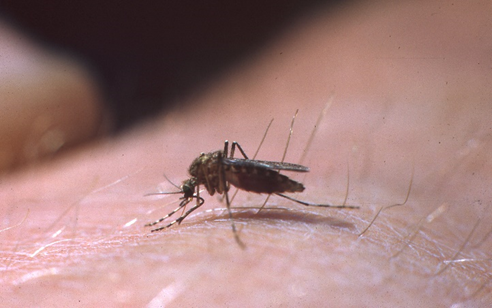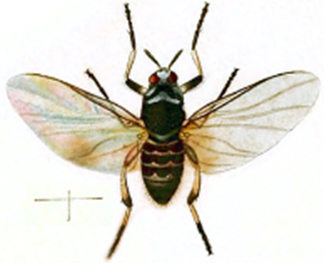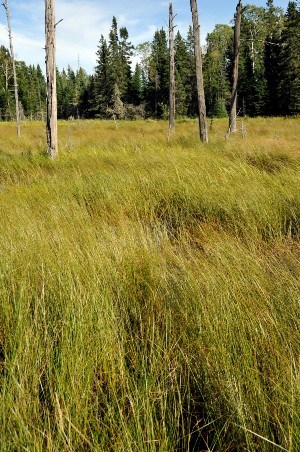Seasonal Cycles of Biting InsectsIsle Royale’s climate is kept at a cooler temperature than the surrounding mainland by the cold water temperatures of Lake Superior. A cooler climate alters the length and warmth of summer seasons and shortens the activity time of all insects including mosquitoes and black flies. These species tend to hatch around late May into early June. Typically, they are worse in late June and early July. By late August and early September, insect numbers typically decline. Prepare For Biting Insects

NPS Photo MosquitoSize: 0.125 – 0.3125 inches (3 - 8 mm) 
©Sturgis McKeever, Georgia Southern University, Bugwood.org Black FlySize: Approximately 0.12 inches (2-5 mm) 
©Sturgis McKeever, Georgia Southern University, Bugwood.org Deer Fly

©Sturgis McKeever, Georgia Southern University, Bugwood.org American Horse Fly

©Whitney Cranshaw, Colorado State University, Bugwood.org Stable FlySize: Approximately 0.3 inches (8 mm) 
Paul Brown Wood TickSize: Approximately 3/16 inch. |
Last updated: August 6, 2022
